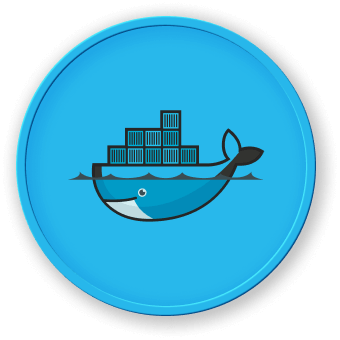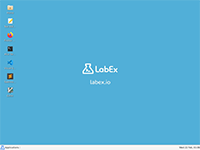Introduction
In this lab, you will immerse yourself in a scenario set in the Victorian era, where you take on the role of an antiquities dealer. Your goal is to effectively transport and present historic artifacts using modern technology—specifically, leveraging Docker containers to streamline your operations.




